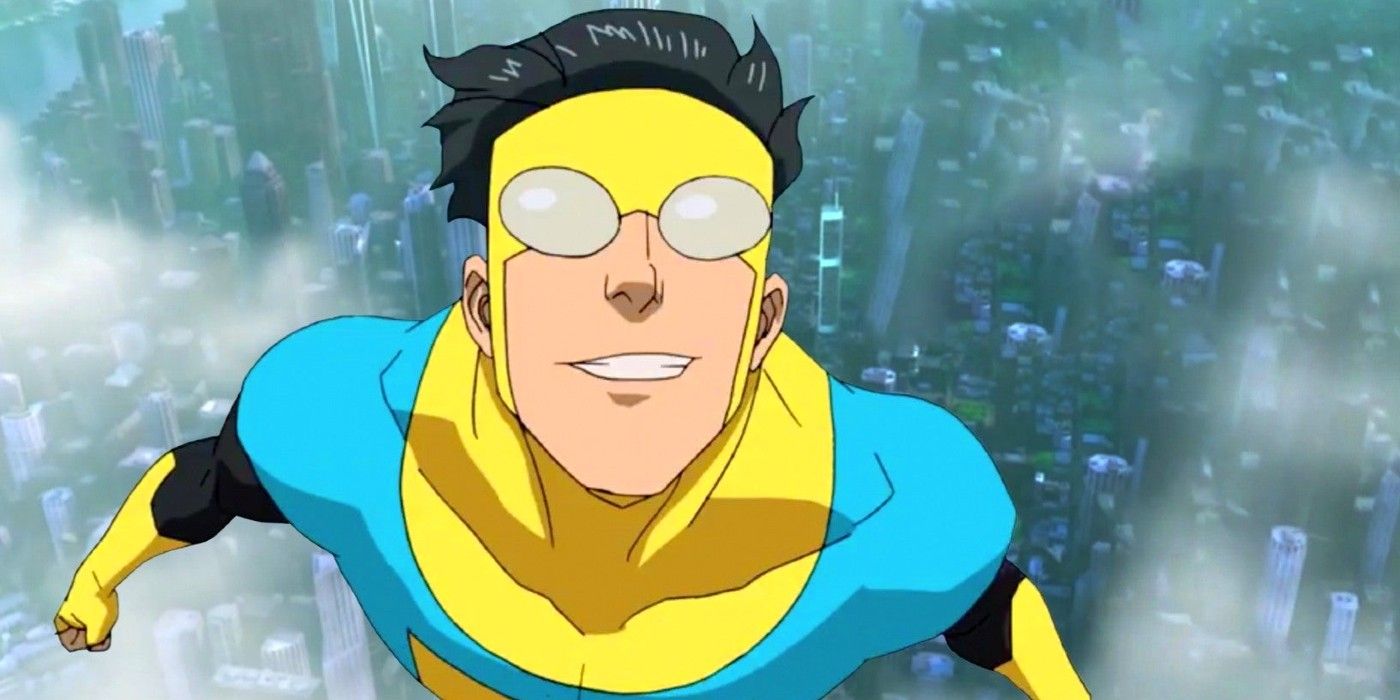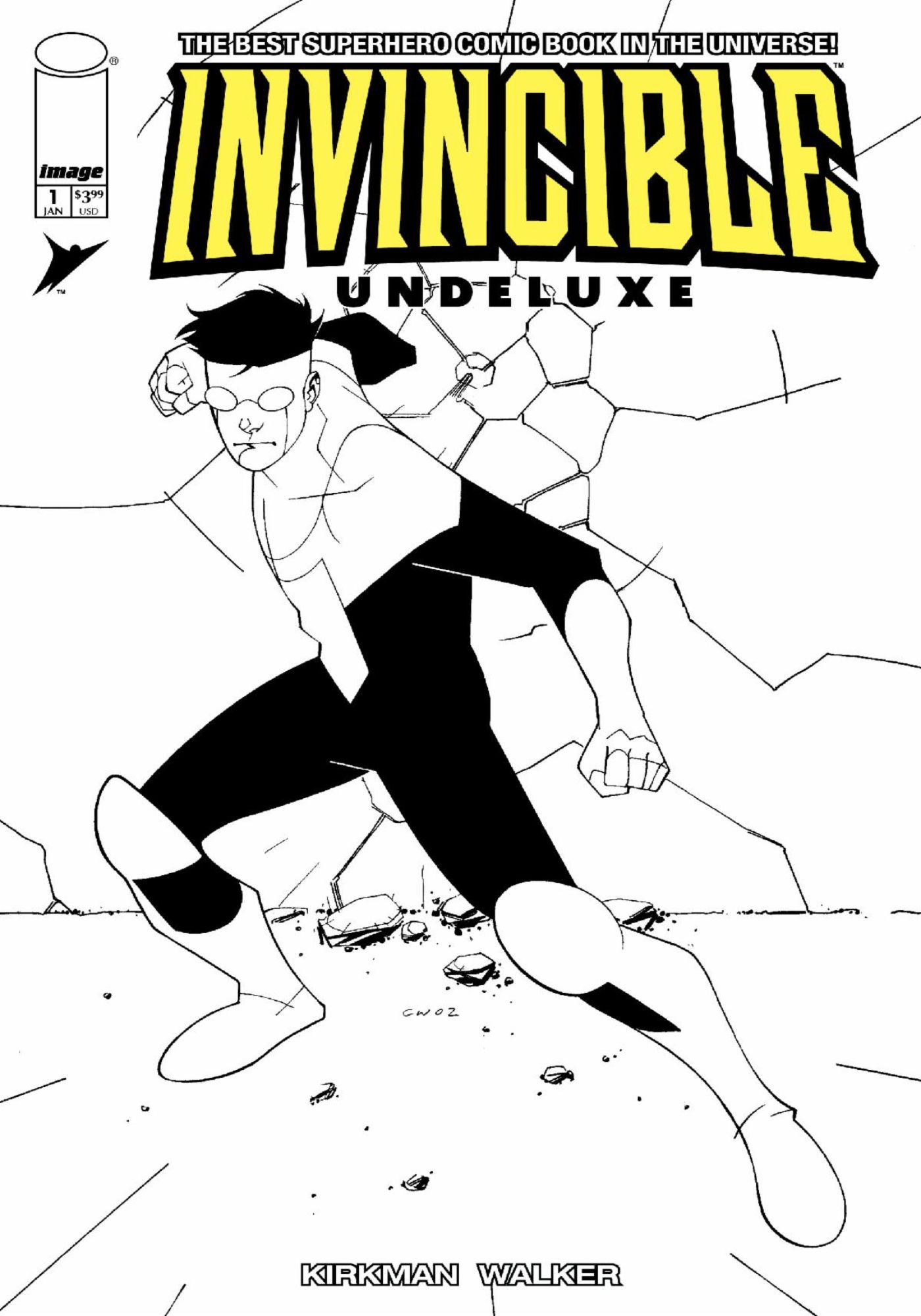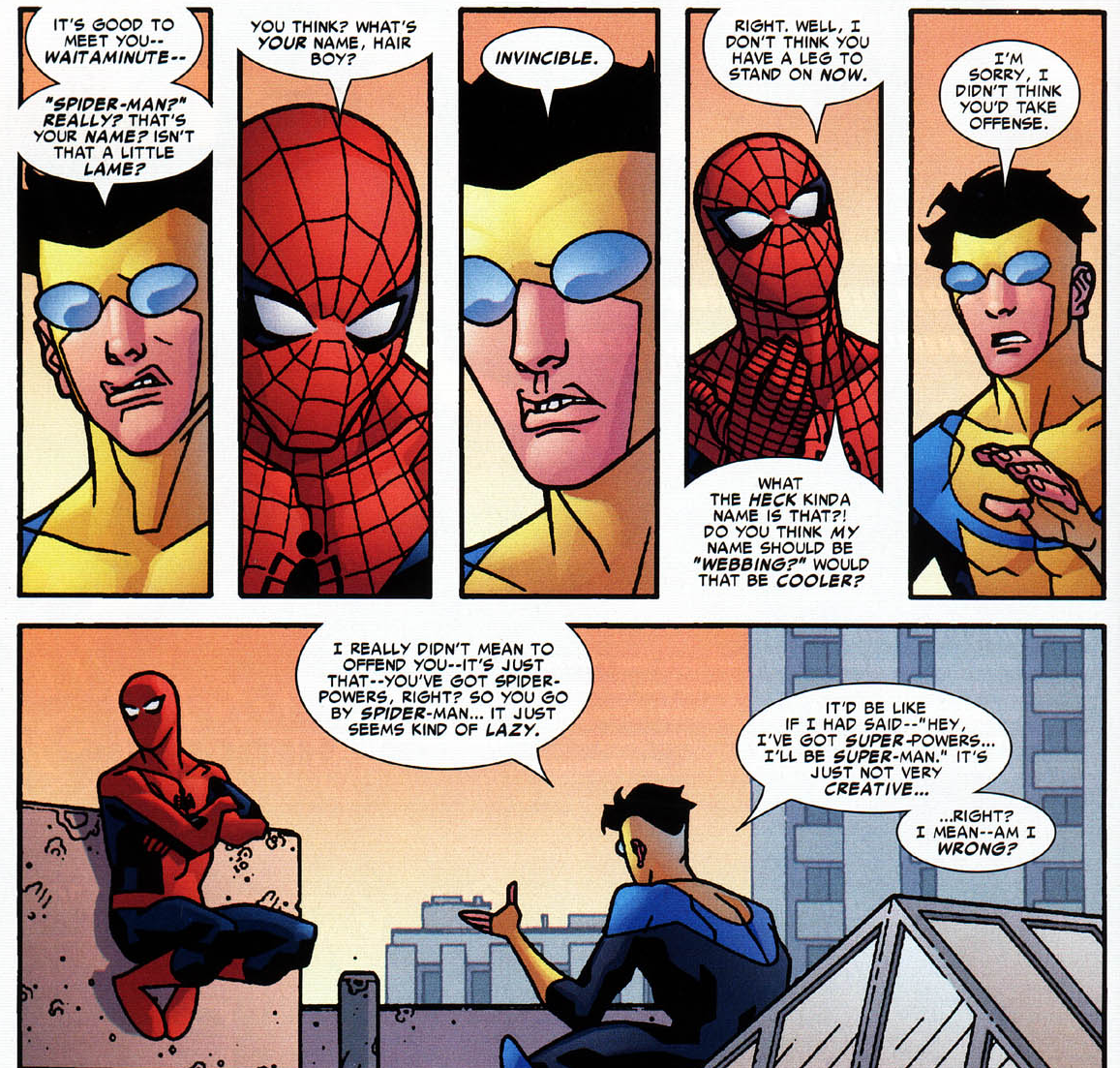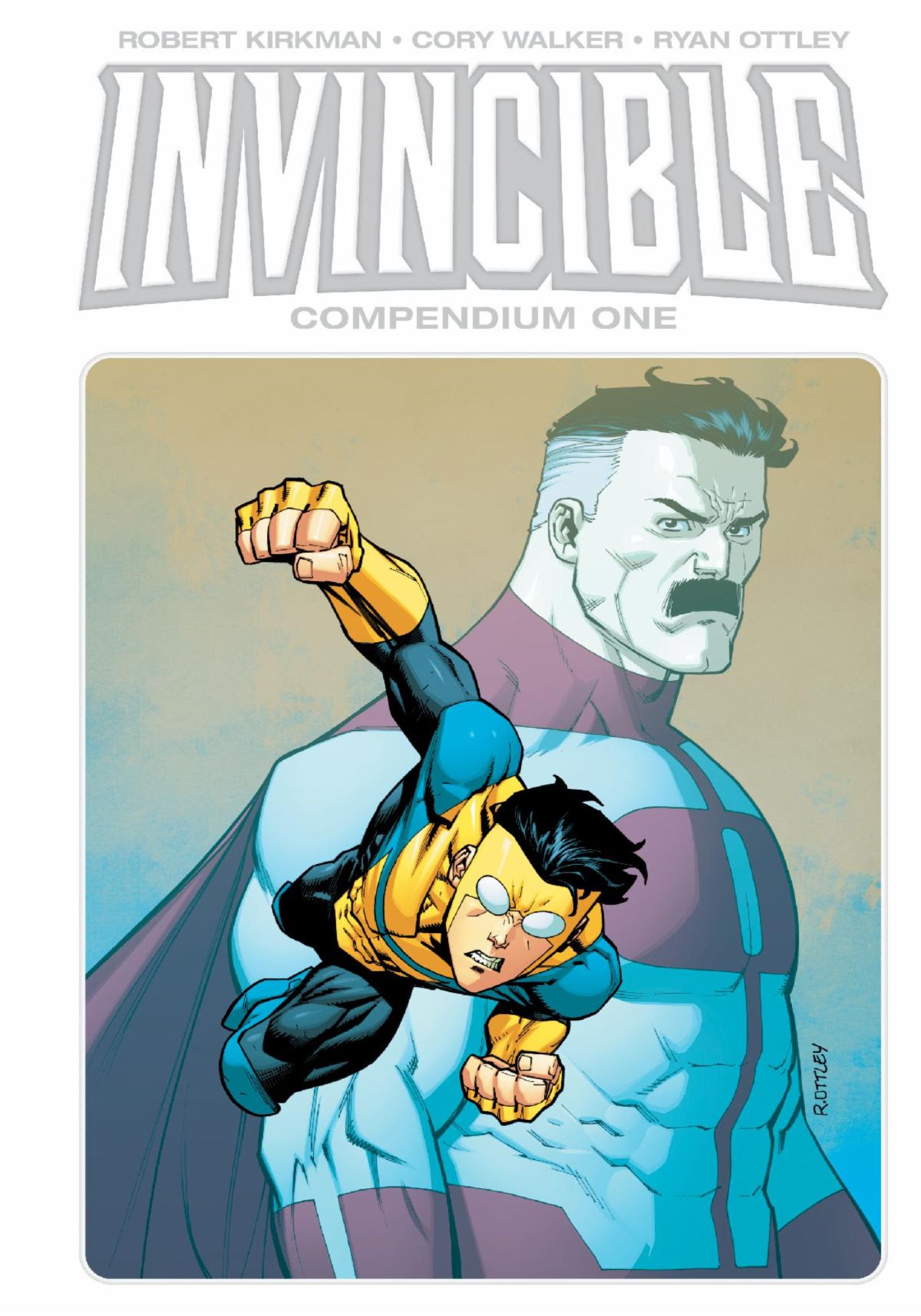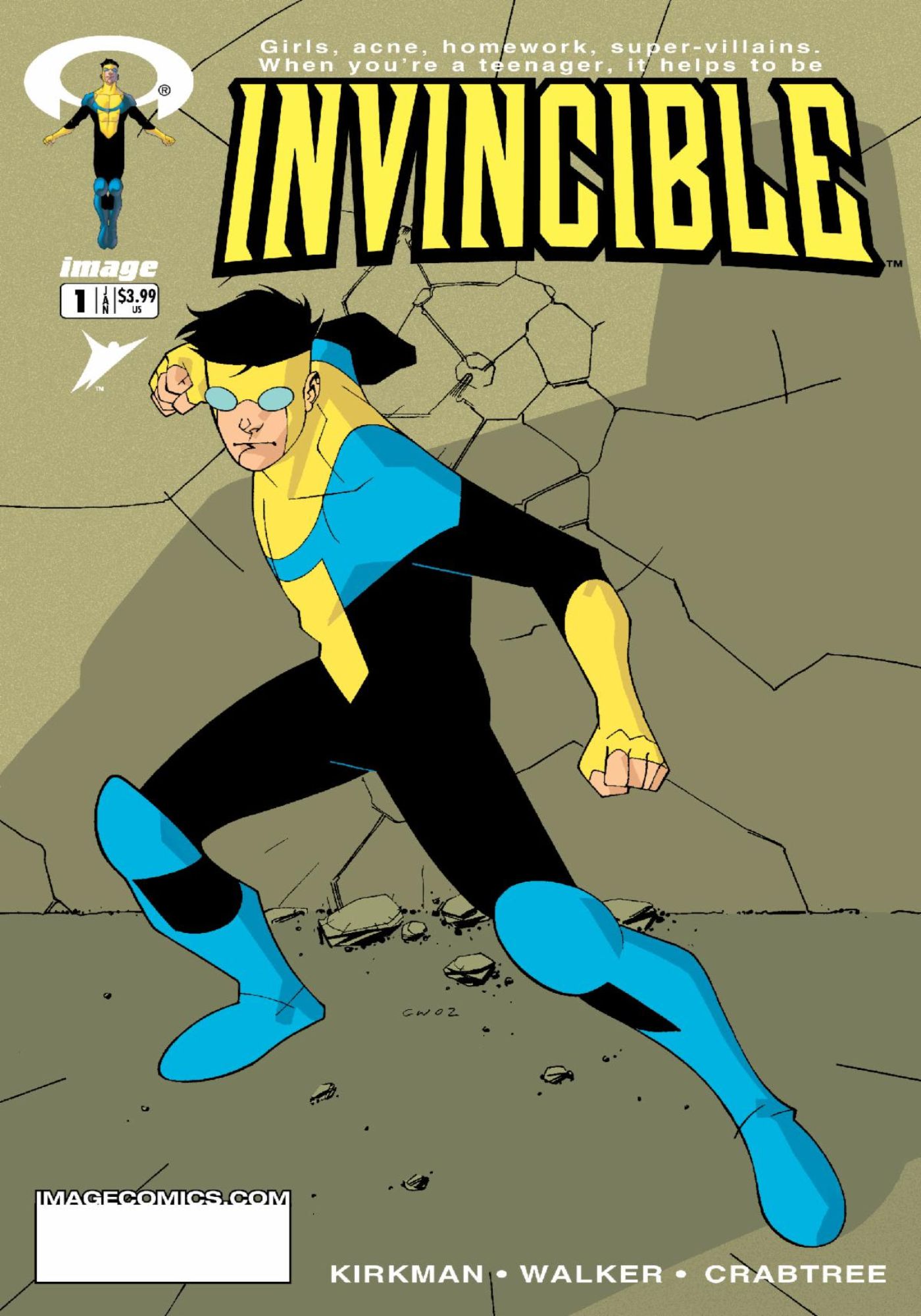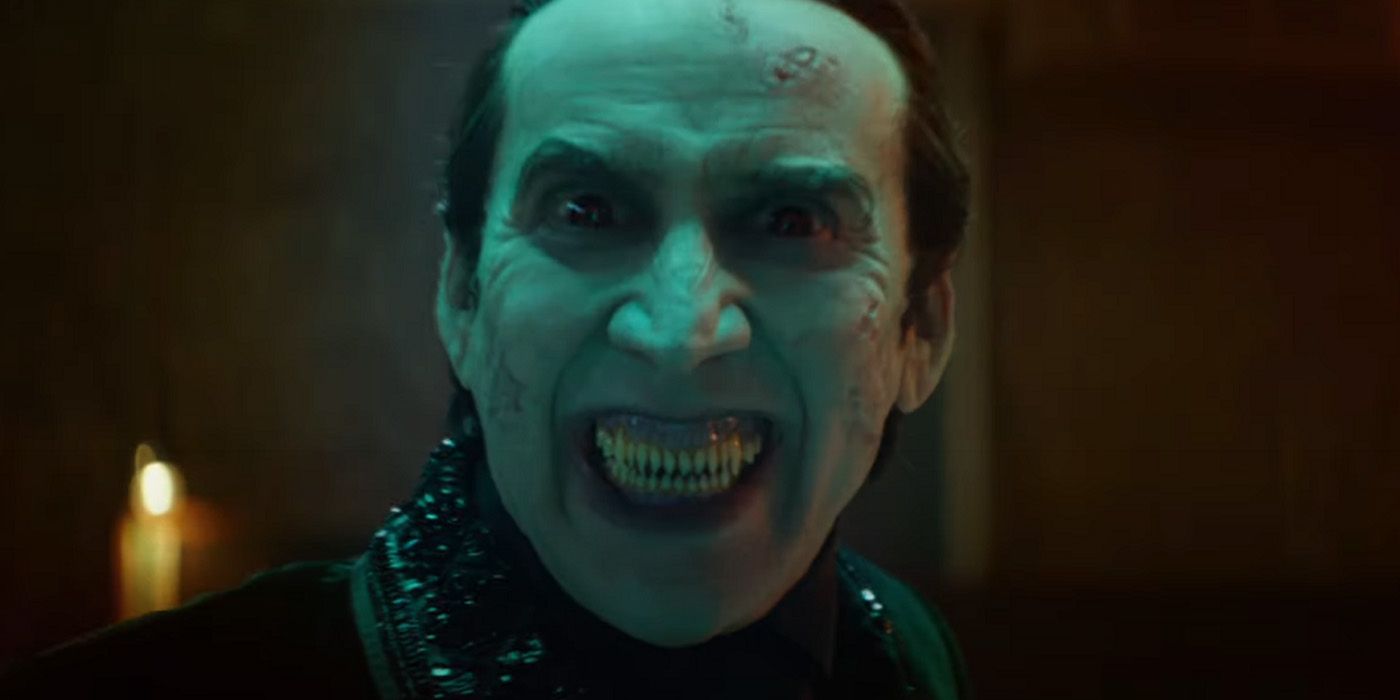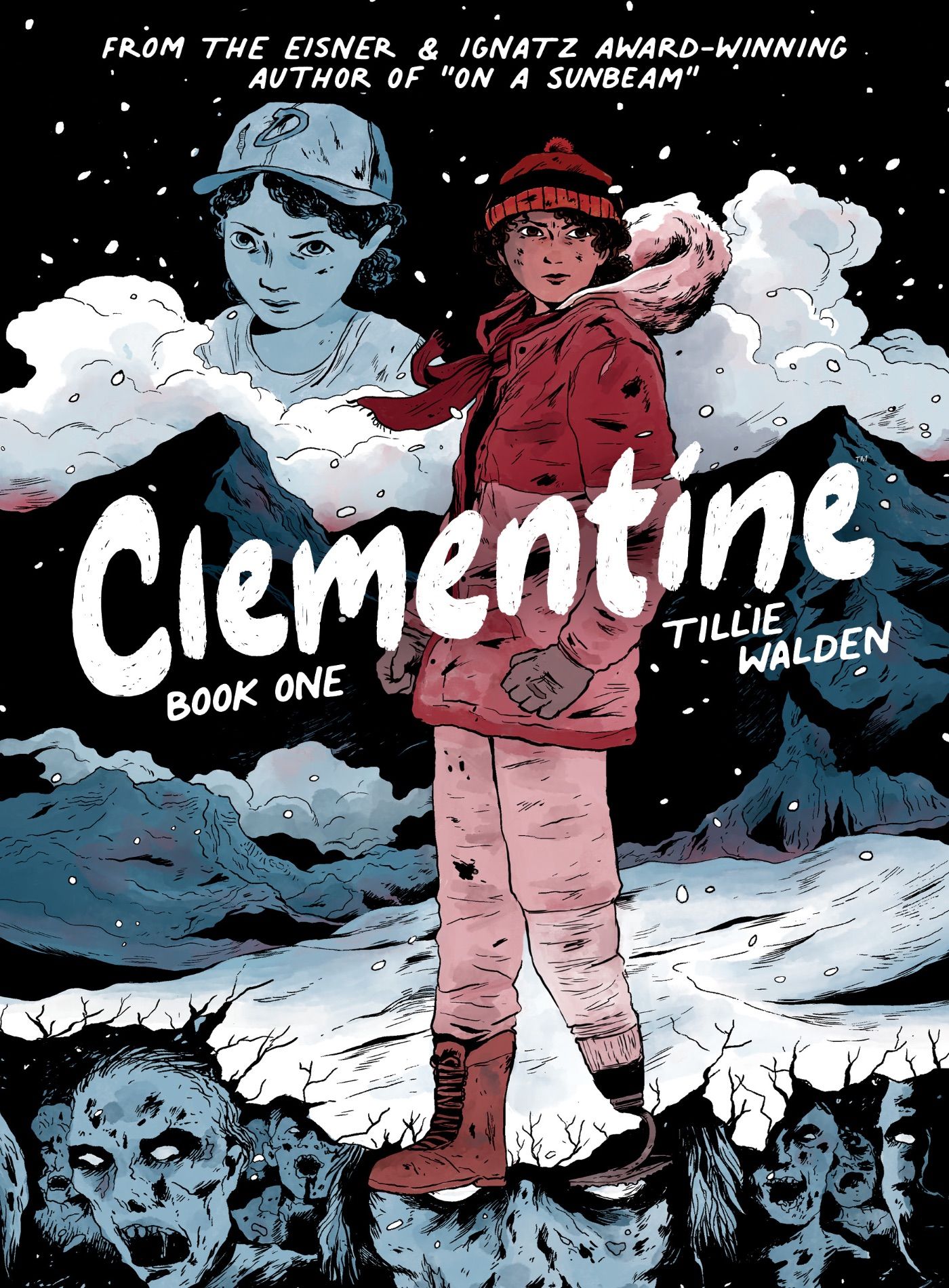In celebration of Invincible's 20th anniversary, the critically acclaimed comic book series is getting brand-new editions of the first issue and a new compendium collecting the iconic Image Comics series from Robert Kirkman, Corey Walker, and Ryan Ottley. As part of the year-long celebration of Skybound, a new facsimile edition and "undeluxe" version of issue one will be released alongside a new hardcover compendium.
We spoke with series co-creator Robert Kirkman about the new editions of Invincible, what has made the series such a hit, and more questions about the popular series - which has been adapted into a wildly popular animated series. Check out our full interview below!
The Undeluxe version is a really fun concept. When you initially created Invincible with Cory Walker, did you ever envision it would become what it has?
Robert Kirkman: No, definitely not. In those days, I had never had a book that lasted. The thought of anything going 12 issues, let alone 144, was insane. I was really just trying to do something that we'd have fun doing and that hopefully, maybe would catch on. But never in a million years did I think it actually would.
What do you attribute its longevity to?
Robert Kirkman: I think that Invincible appealed to the hardcore Marvel and DC fanbase that absolutely love superhero books, but it did things a little bit differently. Things were a little bit more emotional; the stakes were a little bit more real; the depths mattered. It was everything I loved about Marvel and DC books, but with the continuity mattering and everything leading to something else. It all happened in one series, and it was a little bit more bite-sized. It was a little less cumbersome than your average Marvel or DC book because there weren't big crossovers and big corporate mandates jumping in and changing the course of the series at times. It was kind of a streamlined version of what everyone wanted for Marvel and DC, so I think that's why it caught on.
I remember, back in the day, reading the Invincible/Spider-Man crossover. Was that kind of an entry point to say, "We have this thing that you're going to like, and this is a good way of getting more eyes on it"?
Robert Kirkman: To this day, I'm still like, "How does that exist?" I'll see someone show that comic, and I'm just like, "I cannot believe that happened." But I guess I have to give credit to Tom Brevoort. I think it was issue 14 of Marvel Team-Up, and it was very early on in my brief time at Marvel. Marvel Team-Up was supposed to end at issue 13, because I was able to talk them into letting me do a three-part story at the end. I had already turned 13 in, and then Tom called me and was like, "At the end of the day, Marvel Team-Up's actually doing better than some of our other books. It's holding its numbers and actually doing well in trade, so we think we're gonna give you another arc." I was like, "Oh crap." He's like, "You need to write issue 14 fast," but there were no plots and we had nothing approved. We didn't know what we were going to do, so let's just figure out something . On the phone as a joke, I was like, "I could do a Spider-Man/Invincible team up." He kind of just went, "I wonder if we could do that. " Then he went to the powers that be, and we just scrambled. I got Cory to draw it, and it was crazy. That ended up being our first issue back. It's funny too, because we did that six-issue arc, and then it was going to end around issue 18. It was the same situation again, and that's how I got that League of Losers storyline to happen at the end of the series. It was cool. It was very early on, in the late 20s or so of Invincible, and now we've got official images of our character with Spider-Man, so you can't get a better advertisement for superhero comic than that. I think that really solidified things in fans' minds, like, "Wait a minute, this guy's hanging out with Spider-Man all of a sudden. Maybe I should check this book out."
What about working with Image allowed the story to be told in the way you wanted without the restraints and editorial pressure that you may have seen otherwise?
Robert Kirkman: Image was founded by creators, so the corporate structure is that the creators make all the decisions. Creators design their covers, control their logos and logo placement, and oversee every single aspect of their books. You would do a book at Image to be able to have that freedom, and it was a structure that was set up by those guys in the early 90s. We were able to capitalize on it with Invincible over a decade later, and we had no oversight whatsoever. There were the thinnest of content guidelines that you'd have to follow, but other than that? If you kill a character, rip a character's head open, who cares? Do whatever you want. I think Invincible thrived in that environment because one of the things I love the most, when I'm reading a story or experiencing something, is to be surprised. I just want something to shock me, I want something to startle me; I want something to come out of left field in a way that I'm not ever going to expect. That's what I've tried to put in my stories, too. A good example of that is that Invincible has next to no heavy profanity, and then all of a sudden at the end of an issue I have Mark drop the F-word. I felt like, "Okay, there's something that happened in this issue that exceeded something that has ever happened in the series before. It'll be a really cool and impactful thing, if suddenly there's profanity that seemingly hasn't been allowed in the book thus far." I think that those weird, fun effects are things that you could never do in a corporate comic.
Going back to the Invincible Undeluxe version... What was it like seeing the story back in one of its more basic forms? Did it bring back memories of conceiving the comic with Corey Walker?
Robert Kirkman: Yeah. It's funny because Cory and I were sharing a studio space when the first issue was done, so I've handled all of the original art for those pages. I think I was the person who initially scanned them all, so going seeing the uncoloured pages definitely takes me back to the room that we worked in, and the time that we were spending together putting that book together. It's definitely an oddly nostalgic thing for us.
In the extras, you talk about how the series was originally going to be called Bulletproof, who would later become a character in Invincible. Why did you choose that name, and what made you settle on Invincible?
Robert Kirkman: Invincible had that power set, so I knew that he could fly and he was invulnerable. Technically, he was bulletproof, and it seemed like a catchy title; sounded like a cool name. A superhero guy named Bulletproof? That's kind of cool. Before then, I think Kid Cosmic was one of the early suggestions. Cory Walker absolutely hated that name and still ridicules me to this day. But it was never a serious name; I was never like, "Yeah, it's got to be called Kid Cosmic. I love that name." It was like, "I don't know, Kid Cosmic? Does that work? No. Okay." The original pitch to Image was for the book to be called Bulletproof. And then I think Eric Stephenson or somebody was like, "The title is okay..." and that was enough to get my wheels turning. The logical jump from someone being Bulletproof was to someone being Invincible. If they're bulletproof, then they're invincible, and that's a cooler word. Once I started hearing, "This guy is invincible. We knew Invincible. Can someone go get Invincible?" it sounded like a cool superhero name. And it's technically an adjective, which no one had ever really done as a superhero name to my recollection. It was kind of coming up with a new kind of superhero name, as opposed to Invincible Man or Invincible Boy or Kid Invincible—any number of ways you would use that word in a superhero name. It seemed cool at the time.
When you initially pitched Invincible, what was your idea of how long it would be? What story beats were planned from the get-go?
Robert Kirkman: From the get-go, it was just the storyline that ran through the first 13 issues. It was revealing what was going on with Mark's father, the betrayal, and the fight. I didn't even really have that worked out as to where it was going to go. The hesitancy of killing his son, and then Omni-Man flying off into space, came out in the writing. I didn't know exactly how that was going to resolve.
Speaking about the compendium and new releases, how important was it to prioritize comic book exclusivity? I know you've always been an advocate of releasing things in comic book shops first.
Robert Kirkman: Like with The Walking Dead before it, I try to not only remember that all of the great stuff that's happening now happened because of comic shops, but I also want to show that I do remember that. We would try to do variant cover exclusives, or outright gifts and things that would go to the stores for free.With Invincible, I'm trying to you know, give them as much product as we can. And it's weird, because there are so many different outlets. You don't want to piss off the book market by doing too much stuff for the comic shops, and you don't want to piss off comic shop by doing stuff for the book market. It's a weird balancing act, but it's having exclusive hardcover compendiums that you have to go into a comic shop to get. I think that there are diehard fans, and there's new fans that discover it from the show. They'll see that book and be like, "That looks really cool. I want to get that book." And I think it's cool that they have to go into a comic shop to be able to access that book. It's just a way for us to say, "Thank you for all the years of support that comic shops have given us and." I'm excited, and hopefully we'll be doing more stuff soon. But I know we'll be doing more stuff like that as the series progresses.
I've had some conversations before about variant covers and what they've become. I know Invincible and The Walking Dead's variant covers are largely a celebration of some sort or exclusive to the shop. What are your thoughts on incentive variants and how they aren't always accessible for small shops?
Robert Kirkman: I don't know. Variant covers are somewhat of a touchy subject. If you're doing a 1-in-150 variant, and you are by design excluding small stores from even having access to that, I think that's a real bummer. I don't know what the solution is for that because I think that $150 variant that is for sale at another comic shop is one of the things keeping the doors open in that comic shop. I have to be sympathetic to that. Thankfully, I am a comic book fan. I'm in comic shops and buying comics too, so I have that perspective. I'm not necessarily the biggest variant cover guy as a fan. I prefer that, if there's an issue #1, that issue has one cover. That's the cover that's always associated with that issue, and that's what I try to do with all of my books. Sometimes I've been unable to do that because of different market pressures and things that have happened. But I like the fact that if you picture Invincible #1, there's one cover that you picture, and that's what you'll always recognize. But that's me personally, as a fan. There's another fan, that's not me, who loves collecting variant covers and thinks it's the coolest thing in the world. To deny them because I have a preference is also kind of a bummer. I try to keep that in mind. Variant covers are something that there's definitely a huge fanbase for; you can't argue that's not the case. There's entire industries online of people managing, selling, and buying variant covers. "Let people have their fun," is the way I try to look at it.
With the facsimile edition that's coming out, how important is it to continue to reprint Invincible #1, and give access to people who want to check out the series?
Robert Kirkman: The facsimile things are really cool too because there is that fan that just wants to read it. You want to be able to have access to that. We have the Image 1st edition for that, and that advertises our trades, so that's a really good entry point. The facsimile editions are a level beyond that, because they're meant to look and feel like the original printing. There's obviously things that are different, so that you can tell the difference and it's not messing with collectors. But for someone who doesn't want to pay that kind of money, but you want to feel what the comic actually looked like and felt like, the facsimile edition is a great way to do that. The credits page is a reproduction, the original letters column is reproduced in the back, and the original back cover lists the Mahler twins as a character named Ogre because I hadn't actually named the character yet. That stuff's all there, so you get to experience that artifact without rolling out the money to get the original.Yeah, it's not just about the money that generates. It's about access to fans and getting fans into the series; getting them to experience the series. Everything is an access point, so as many times as we can reprint Invincible #1, that's a valuable endeavor to me.
I know people are really eager to see the next chapter of Invincible season 2. How important was it to not rush the return, and what was it like to see the new teaser for the first time?
Robert Kirkman: Oh, it was great. We're very hands-on and very involved in the series, so it was cool, because we got to see that come together from the script stage all the way through. When we were making season 1, we didn't know if it was going to land. There's a lot of unknowns around it. You try your best to try to make a cool show, and you hope people like it. Now that people like it, there's this built-in fanbase that is hungry and starving and rabid for season 2—to the point where they're constantly hounding me online about it anytime I pop on to say anything, which is a lot of fun. Now there's pressure to deliver. I'm very bullish on how our season 2 is. I'm very excited about the issues that we're adapting. I think that the scripts came in really strong; I think the directors are doing great work on their individual episodes. I think the overall season packs a lot of cool punch. Animation just takes time, but we're not necessarily working harder on season 2 than we ever did on season 1.We definitely did learn a lot about the process of animation over the course of season 1, though, that is making season 2 better. I learned how to write my scripts a little differently to be a little bit more animation friendly, I learned how to give notes more surgically, so that I'm actually improving things as opposed to possibly asking for things that aren't necessarily going to show up in the animation because I didn't really know how animation was made in the first season. I think the process is streamlined and improved. Overall, I think everyone's going to agree that season 2 is definitely an improvement over season 1 when it finally comes out.
You've had a handful of comics adapted for live-action or animated projects. What is it like to see it go from the page to the screen? You've been involved in a lot of them, so how do you know when to deviate from the source material? Because it doesn't always play the same way as it would in a comic.
Robert Kirkman: I just look at it as a new draft. It's fun to get in there, and pick through your own work to try and improve it in some way. It was definitely weird when I started on The Walking Dead, but I've gotten used to it. Now it's just like, "Let's roll our sleeves up. There's nothing special about the work that came before. There's nothing to be revered here, so let's tear it down and rebuild it and do something really cool." That's kind of the process. As far as seeing it all come together, it's all amazing and unreal and gratifying. Comics are read by tons of people; it's a huge audience, and it's a lot of fun. But more people watch TV and movies, so to see the audience grow and see more people experiencing the thing that you did is pretty cool. It feels really good to see something move into a new area, and actually do well, so that you have new people commenting on things and saying, "Hey, you did all right."
What has it been like to see the growth of Skybound as a whole over the last few years?
Robert Kirkman: It's great. Alex Antone is doing his work, putting together the comic books with Tillie Walden's Walking Dead. I think Sean Mackiewicz and his entire editorial team is doing amazing stuff. There's cool comics that I get to read, which is pretty awesome. There's so much cool stuff that people don't know about that's coming. Skybound's expansion and growth in the world of video games has been great, and the different kind of merchandise that we do. We've got our first big-budget movie coming out from Universal, Renfield with Nicholas Hoult and Nicolas Cage. That was a lot of fun to work on. David Alpert and I started the company just to handle Walking Dead merchandise. And over the course of the 10-plus years that we've been working, it's grown into so many different things that we could have never anticipated. We've got more employees than I can count, and it's a big company now. It's pretty cool to see what it's become, and I'm excited to see what it's going to keep becoming.
What projects are you excited about that are upcoming at Skybound?
Robrert Kirkman: I'm really excited about Clementine 2. I think that, at some point, Ultramega is gonna come back, and I'm really excited for people to see what James Harren's cooking up. There's some things on the horizon that people don't know about yet. There's a big push coming from Skybound that people should be aware of in late Summer, and I'm really excited about this thing I cannot talk .We've got Invincible season 2 on the horizon and Renfield coming out. I'm excited for people to see those projects, and I'm excited for those projects to lead to more projects in that vein. There's some really cool stuff with Invincible on the videogame side that people will hear more about as time progresses. Big things ahead for Skybound all around.
You wrote The Walking Dead and Invincible almost entirely on your own. But with Brian K. Vaughan, Marcos Martin on The Walking Dead: Alien, and now Tillie Walden doing Clementine, what is it like to see other people jump into this world?
Robert Kirkman: It's fun to see people put Charlie and I to shame. Charlie's probably holding up a little better than me. But it's interesting. You spend so much time in this world, and then someone comes along and writes one issue or one graphic novel, and you're like, "Oh, I didn't think about that angle! I've never covered that. I should have thought of that. It would have been cool if I had done that." It's a frustrating and aggravating experience that makes me feel utterly inadequate. But you know, hopefully we'll keep doing it.
Thank you so much for Robert Kirkman for taking the time to chat everything Skybound and Invincible. Invincible #1 Facsimile Edition, The Invincible Compendium Vol.1 hardcover, and Invincible Undeluxe #1 are in comic book stores now.

